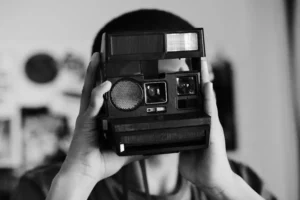
UI/UX in Motion: Enhancing Digital Interfaces with Animation
Latest Posts


5 Essential Tools We Use for VFX and Animation

Why Coffee Fuels Creativity (and Render Marathons)


From Concept to Render: Our 3D Animation Pipeline

Realism vs. Stylization in 3D Design
In a world flooded with digital experiences, motion is what makes great interfaces feel alive. From smooth transitions to subtle microinteractions, animation has evolved into a critical part of modern UI/UX design — not just for aesthetics, but for usability, feedback, and emotional impact.
1. Why Motion Matters in UI/UX
Static screens can only tell part of the story. Animation guides the user’s attention, communicates system status, and gives personality to your product. A well-timed slide, fade, or bounce helps users understand what’s happening — without needing to read a thing.
2. Microinteractions: The Unsung Heroes
Tiny movements — like a button wiggle, toggle flip, or icon pulse — might seem trivial, but they create tactile feedback that makes an interface feel responsive and human. These microinteractions tell users “yes, something happened,” building trust through behavior.
3. Loading States and Transitions
No one likes to wait, but smart animation can turn boring loading times into branded, memorable moments. Even a simple animated spinner or progress bar gives users reassurance that something is happening behind the scenes.
Bonus Tip: Use skeleton screens and progress animations to ease perceived waiting times.
4. Onboarding Flows That Engage
Animated walkthroughs, highlight pulses, and animated pointers can make onboarding smooth and intuitive. Rather than overwhelming users with static instructions, motion allows them to learn by doing.
5. Consistency Creates Comfort
Good motion design uses consistent easing, timing, and behaviors across the interface. This consistency reinforces how the system “feels” and minimizes cognitive load for the user. It’s like giving your UI a personality — one users want to hang out with.
Final Thoughts
At ComixPro, we believe that motion is more than just flair — it’s functional design. When done right, UI animation makes digital experiences not just usable, but unforgettable.


